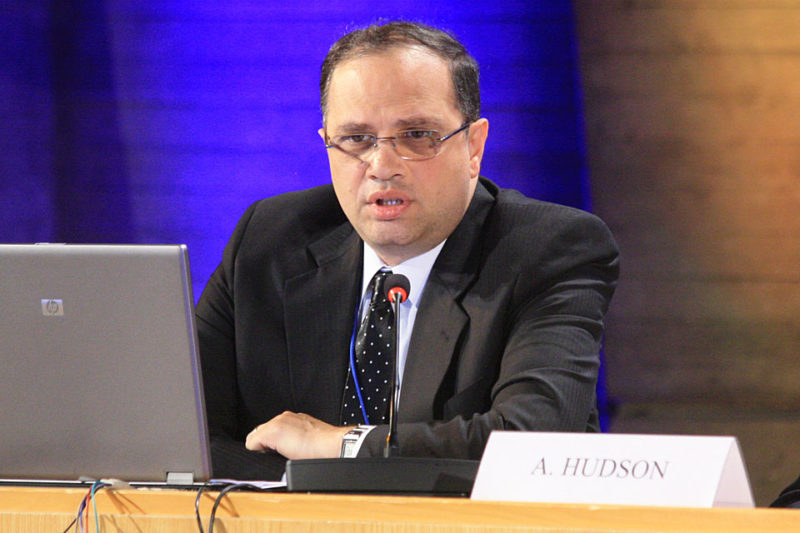The leadership of Indigenous Peoples is essential to a liveable, climate-resilient future. Their knowledge systems, rooted in stewardship, interdependence and care for all life, have guided – and continue to guide – communities through environmental change for millennia.
Across the world, Indigenous Peoples are responding to climate impacts with ingenuity and foresight. Grounded in lived experience and sustained through generations, Indigenous ways of living are diverse, adaptive, relational and deeply ecological, connected to land and culture. These are dynamic frameworks for resilience.

As ambition under the Paris Agreement accelerates – in particular through the Global Goal on Adaptation – Indigenous Peoples are increasingly recognized not just as participants in climate policymaking, but as pathfinders. Their distinct and diverse worldviews offer valuable insights into what it truly means to be adapted: living in harmony with ecosystems, upholding intergenerational responsibility, and restoring balance.
Indigenous Climate Leadership in Action
Across diverse geographies, Indigenous Peoples are leading the way:
- Vancouver Island, Canada: The Tla-o-qui-aht First Nation declared 100% of their territory under “Hishuk Ish Tsawaak” (ecosystem-based forest management), blending ancestral stewardship laws with modern conservation to protect salmon streams, old‐growth forests and watersheds – strengthening carbon sinks and food security.
- Murray–Darling Basin, Australia: The Murray Lower Darling Rivers Indigenous Nations have reasserted customary governance over key river systems. Through inter-tribal cooperation, they negotiate water allocations, monitor river health, and restore wetlands to sustain ecosystems and downstream communities.
- Highlands of Mongolia: Indigenous herder councils partnered with national meteorological services to co-design the Advanced Weather Information System, combining traditional forecasts with satellite data to issue drought and snow‐melt warnings, reducing livestock loss and economic shocks.
- Mindanao, Philippines: Panlaoy, an Indigenous youth network, is reviving ancestral “kaingin” forestry practices, such as contour planting, sacred grove protection and community-based forest monitoring to slow erosion, recharge springs and regenerate degraded upland watersheds, securing downstream water for rice farming.
These are not isolated examples. They demonstrate that Indigenous-led climate action is happening, quietly and effectively, but is often under-recognised and under-supported. These examples reflect how place-based knowledge systems – whether managing forests, rivers, rains or soils – are being actively revitalised and scaled through partnerships with governments and research institutions. These systems are not only surviving; they are thriving and evolving.
In mitigation, too, Indigenous Peoples play a central role. Their stewardship of forests, wetlands and grasslands helps maintain vital carbon sinks and protects biodiversity. Studies show that Indigenous-managed lands have lower deforestation rates and greater ecological integrity than surrounding areas. Their contributions are not just environmental – they are critical to global sustainability.
“As UNFCCC works with countries and stakeholders to advance the Global Goal on Adaptation and long-term climate resilience, Indigenous Peoples must be at the centre, not just as stakeholders, but as partners and knowledge holders,” says Youssef Nassef, Director of Adaptation at UN Climate Change. “The Local Communities and Indigenous Peoples Platform (LCIPP) continues to drive this forward, ensuring that Indigenous voices shape climate policy and action.”
Supporting and Amplifying Indigenous Climate Leadership
On this day, and every day, UN Climate Change calls on countries, institutions and climate actors to:
- Partner meaningfully with Indigenous Peoples.
- Incorporate Indigenous worldviews and knowledge into national climate strategies.
- Invest in Indigenous-led climate solutions with accessible, long-term support.
